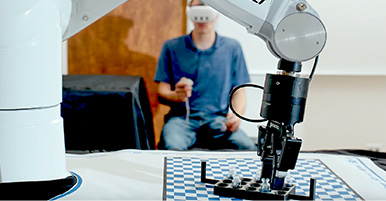Citation
Schefer, R. W., Groethe, M., Houf, W. G., & Evans, G. (2009). Experimental evaluation of barrier walls for risk reduction of unintended hydrogen releases. International journal of hydrogen energy, 34(3), 1590-1606.
Abstract
Hydrogen-jet flames resulting from ignition of unintended releases can be extensive in length and pose hazards associated with radiation and impingement onto objects, combustible materials and people. Depending on the leak diameter and source pressure, the resulting consequence distances can be unacceptably large. One possible mitigation strategy to reduce exposure to jet flames is to incorporate barriers around hydrogen storage and delivery equipment. While reducing the extent of unacceptable consequences, the walls may introduce other hazards if not properly configured. An experimental program has been implemented to better characterize the effectiveness of barrier walls at risk mitigation. This paper describes the experiments and presents results obtained for various barrier configurations. The measurements include flame deflection using standard and infrared video, high-speed movies (500 fps) to study initial flame propagation from the ignition source, overpressure levels due to ignition, wall deflection, radiative heat flux, and gas and wall temperatures. The various barrier designs are evaluated in terms of their mitigation effectiveness for the associated hazards present. The results show that barrier walls are effective at deflecting flames in a desired direction. While barrier walls can result in increased overpressures and radiative heat flux in the vicinity of the wall, they can also attenuate the effects of these hazards in surrounding areas if properly implemented.
Keywords: Hydrogen flames, Hydrogen leakage, Unintended releases, Hydrogen hazards


